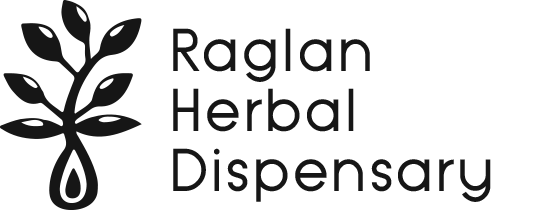
Nutrition for Hormone Balance and Breast Health
I was lucky enough to be asked to speak at the Pink Ribbon breakfast hosted by the Nourish Magazine in Hamilton. For those of you that don’t know, the Pink Ribbon Breakfast is a fundraising event raising money for breast cancer.
As metabolising oestrogen efficiently is one of the key factors to supporting optimal breast health, my recommendations focused on this.
- Increase phytoestrogen-rich foods (tofu, flaxseeds, sprouts, oats). Phytoestrogens are plant-like compounds which bind to the same receptors as oestrogen in the body. This has a balancing effect; it can help with oestrogen excess or deficiency symptoms. In countries where there is a higher soya intake, there is a lower incidence of breast, colon and prostate cancers. This is believed to be related to the presence of phytoestrogens, however some studies show a lowered risk of non-hormonal conditions, indicating that soya products may have other protective effects.
- Increase cruciferous vegetable intake (broccoli, cauliflower, Brussels sprouts, kale, cabbage). Cruciferous vegetables contain a compound that can help clear oestrogen in the liver, as well as having antioxidant effects. Breast tissue is sensitive to oestrogen and making sure it is detoxified sufficiently may help prevent any relative oestrogen excess conditions such as oestrogen dependent breast growths.
- Increase red, yellow and orange vegetables and fruits (kumara, carrots, oranges, pumpkin, beetroot, tomatoes). Red, yellow and orange vegetables contain high levels of beta-carotene, one of the major antioxidants which may help prevent abnormal cell growth. A daily intake of several yellow, orange or red vegetables, as well as one or two pieces of yellow or orange fruit is advisable. A serve of dark green leafy vegetables, either as a salad or cooked, will also increase beta-carotene intake as well as providing a good source of other nutrients.
- Drink 2-3 cups of green tea daily. A compound in green tea has been shown to have a protective role in breast health. When making green tea, you only need to infuse the tea for a minute, otherwise it gets too bitter.
- Increase seaweed into your diet (kelp, kombu). Seaweeds are a rich source of iodine, which is essential for proper thyroid function and oestrogen metabolism. Sprinkle kelp onto your food or use other types of seaweeds in soups and stews.
And 4 things to reduce:
- Saturated fats from animal products. There has been a link between high saturated fat intake and breast cell abnormalities. Reduce animal fats and hydrogenated fats such as margarine, plus vegetable oils such as safflower and corn. Instead, increase monounsaturated fats such as olive oil and avocado oil and omega 3 fats from fish or flaxseed.
- Aim to have 4-5 nights of alcohol free a week and moderate intake on the other nights. There is evidence linking alcohol consumption to an increase in breast cancer risk.
- If possible, choose organic meats as their non-organic counterparts are fed oestrogen to encourage growth.
- Avoid sources of xenoestrogens in your environment; these are synthetic compounds that disturb oestrogen metabolism and may exacerbate oestrogen-dominant symptoms. Xenoestrogens can be found in synthetic body products, cleaning products and plastics. Choose natural home and body products where possible, avoid heating foods in plastic, and choose glass or stainless-steel food/drink containers as a healthier alternative to plastic.
These are some simple things that you can do at home to support your breast health. Given the complex nature of hormones, it is best to seek professional advice from one of our qualified naturopaths when choosing herbs or supplements.



